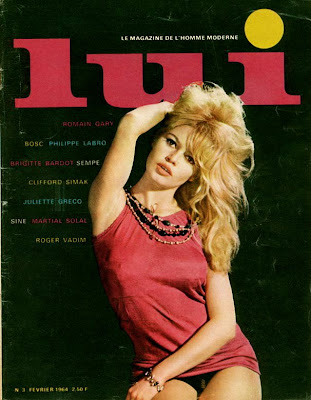Isleworth Mona Lisa
The unveiling of Isleworth Mona Lisa has been all the fuss in art world past couple of days. It is a supposed second, earlier version of the Giaconda in the Louvre.
This year is particularly fruitful one when it comes to discovering Mona Lisa copies and versions. In February, conservators at the Prado in Madrid announced that the painting assumed to be a replica of the Mona Lisa, had actually been painted at the same time as the original one – by one of his students working alongside the master.
Isleworth Mona Lisa was presented in Geneva by the Swiss-based Mona Lisa Foundation. The foundation said it is basing its claim on mathematical analysis, research and other methods. They put forward a 300 page publication documenting their investigation and suggesting that the painting was indeed painted by Leonardo, and is the first portrait of the Italian noblewoman, portraying her at a younger age. It said the painting predates the Louvre Mona Lisa by about 11 years.
Other art experts, however, are highly sceptical and contend the work is more likely to be a later copy.
This year is particularly fruitful one when it comes to discovering Mona Lisa copies and versions. In February, conservators at the Prado in Madrid announced that the painting assumed to be a replica of the Mona Lisa, had actually been painted at the same time as the original one – by one of his students working alongside the master.
Isleworth Mona Lisa was presented in Geneva by the Swiss-based Mona Lisa Foundation. The foundation said it is basing its claim on mathematical analysis, research and other methods. They put forward a 300 page publication documenting their investigation and suggesting that the painting was indeed painted by Leonardo, and is the first portrait of the Italian noblewoman, portraying her at a younger age. It said the painting predates the Louvre Mona Lisa by about 11 years.
Other art experts, however, are highly sceptical and contend the work is more likely to be a later copy.
The Isleworth Mona Lisa, once belonged to a Jane Blaker, who lived with the art-collecting Davies sisters in Powys. Gwendoline and Margaret Davies amassed one of the largest art collections in the UK. Under the guidance of their advisors, the sisters initially bought paintings by the likes of Turner, Corot and Millet but were encouraged to buy the works of Carrière, Monet and Rodin.
The painting had hung for a century in their manor house in the west of England unnoticed. It was finally “discovered” and bought by Ms Blaker’s brother Hugh in 1913. Blaker took it to his home in a London suburb, where it was dubbed “the Isleworth Mona Lisa”. After Blaker’s death in 1936, the painting passed to his sister Jane who lived at Gregynog as the Davies sisters’ companion. Following her death in 1947, it was sold in London to the American collector, Henry Pulitzer, who wrote a book about the painting. He in turn left it to his girlfriend. On her death, it was bought by a Swiss consortium of unnamed individuals who have kept it in a Swiss bank vault for 40 years.
The woman depicted in the painting closely resembles the figure in original version, but there are significant differences between the works, such as the size (it is larger than the Louvre Mona lisa), landscape in the background and the fact it was done on canvas (the original was painted on wood).
Having had the luck to see several Leonardo’s oils, incl. Louvre Mona Lisa I would say that this Isleworth version lacks the technical refinement characteristic for Leonardo’s works. Background is rather amateurishly painted. Leonardo would never do all those boring parallel diagonals. They are not only unimaginative, but incomparable with any of his earlier or later landscape works, as well. If one compares this background with the original painting or any of the versions of The Virgin of the Rocks, this becomes crystal clear. La Gioconda’s right hand is perhaps the most beautifully painted hand in history of art. In Isleworth version her hands lack not only knuckles, but other anatomical nuances and subtleties, as well. Besides, it appears somewhat flat. The face is pretty, but has some neoclassical traits. In my humble opinion, this is not done by Leonardo. It is a much later copy, perhaps by some of his neoclassical admirers.


Commentaires
Enregistrer un commentaire